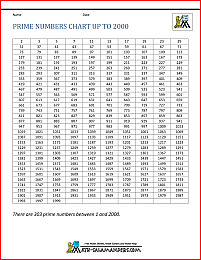

The zero is the identity element for addition in many bodies, such as the rational numbers, real numbers and complex numbers, and a common name for a neutral element in many algebraic structures, even if other elements are not identified with common numbers. As finite cardinal and ordinal it is depending on the definition often counted among the natural numbers. As cardinal numbers (number of elements in a set) are identified with special ordinals, and the zero is just the smallest cardinal number is zero - elected as the first ordinal - in contrast to common parlance. Zero in mathematics by depending on the context variously defined objects, but often can be identified with each other, that is considered to be the same object, which combines several properties compatible with each other. The number zero is the number of elements in an empty collection of objects, mathematically speaking, the cardinality of the empty set. Number five is a bell number (sequence A000110 in OEIS). The Five is a Fermat prime: 5 = 2 ^ +1 and the smallest Wilson prime.

Five is also the smallest prime number that is the sum of all other primes which are smaller than themselves. Lee Herman provided the better mathematical/performance approach. The fifth number of the Fibonacci sequence is a five. Answer (1 of 2): Here’s an approach that more brute-force, using MOD, if that’s what is required. All odd multiples of five border again with the five (all even with zero). Integers with a last digit as a zero or a five in the decimal system are divisible by five. Mathematical Information About Numbers 5 0 In the end you have 1, 3 and 9 as a list of factors. Work your way up until you arrive to 5 (9 divided by 2, rounded up). Nine can be divided by 3, now add 3 to your factors. It's not dividable by 2 evenly that's why we skip it(Remembe 4,5 so you know when to stop later). Let's create an example for factorization with the number nine.All numbers without remainders are factors including the divider itself. For finding other factors you will start to divide the number starting from 2 and keep on going with dividers increasing until reaching the number that was divided by 2 in the beginning. Because all numbers have a minimum of two factors(one and itself). It is simple to factor numbers in a natural numbers set.Number 6 has four factors 1, 2, 3 and 6 itself.

#List of prime numbers to 5000 how to#
How To Calculate Prime Number Factorization Prime Number from 1 to 100 are: 2 3 5 7 11 13 17 19 23 29 31 37 41 43 47 53 59 61 67 71 73 79 83 89 97 C Program to Print Prime Numbers from 1 to N Using For Loop.


 0 kommentar(er)
0 kommentar(er)
